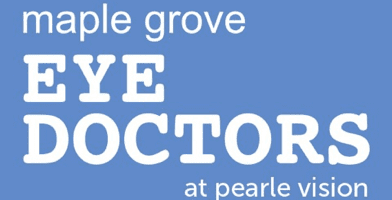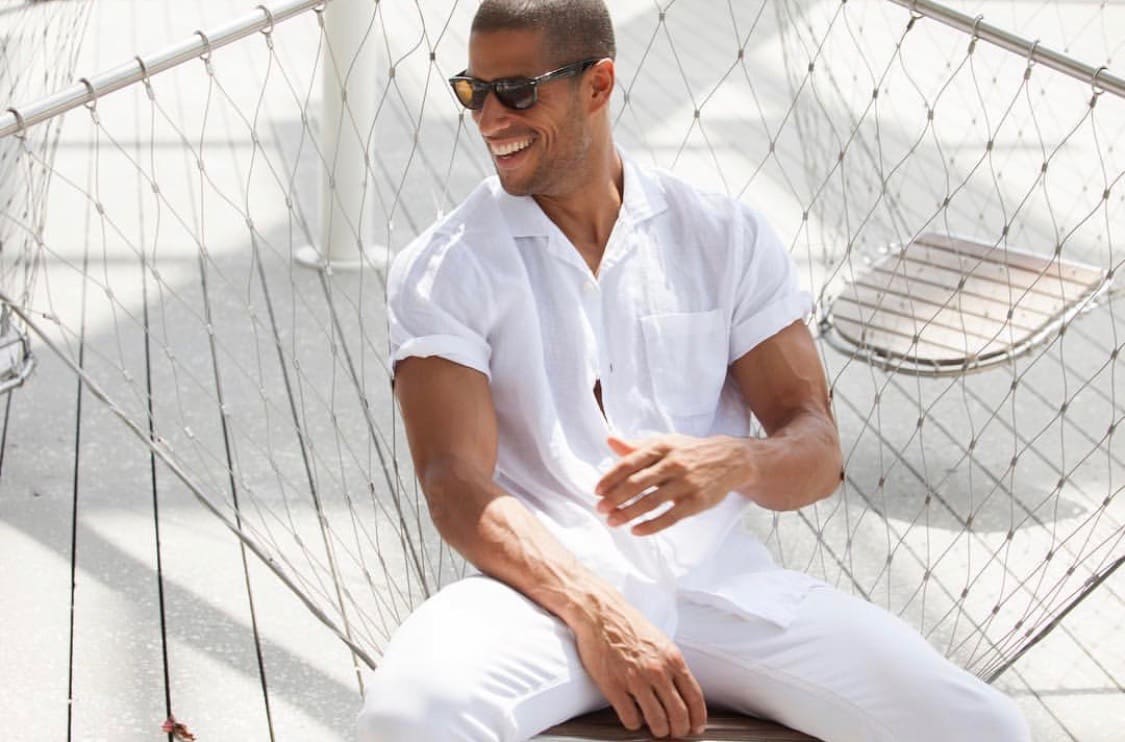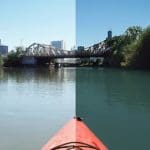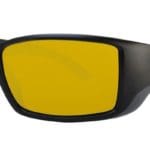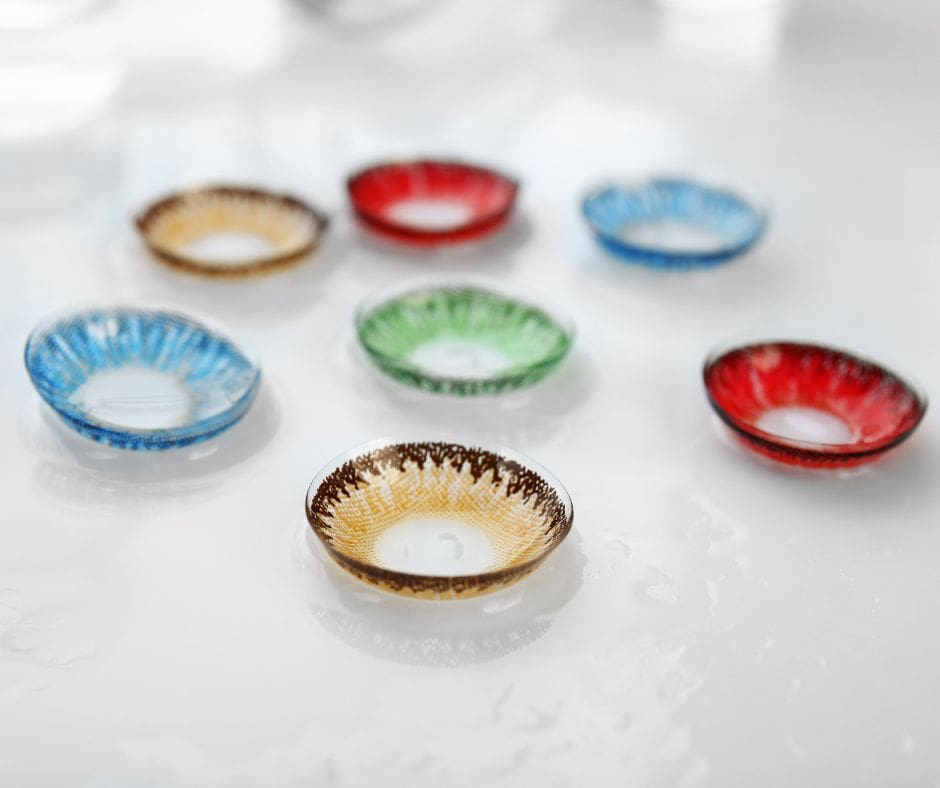Sunglasses are not all created equal and more than ever, here is where this rings true: ‘you get what you paid’.
Rack sunglasses – the ones that you purchase at Department Stores like Nordstrom Rack, Target, TJMaxx, and others are not the same quality as the ones that you purchase from an Optical Retailer like our business. ‘What?’ you say. Yup, here are some of the differences:
- Lens quality: the lenses in every sunglass that we sell are guaranteed to have the protection that we need outdoors – 100% UVA and UVB protection. They also are free of distortion that is found in
- Frame quality: every sunglass frame is of optical quality in our selection– meaning that the frame can be adjusted and fit to the person who will be wearing it–adjusted behind the ears, at the bridge, and fit with the eyes centered both vertically and horizontally.
- Lens type: we start with choosing the frame and then we discuss which lenses will be the most beneficial for a person’s lifestyle. Do they fish? Are they on a lake or river a lot? Are they reading outside? Do they have dry eyes? Do they golf? play tennis?
- Fit: While choosing your sunglasses, you should consider one of the most important factors to be how they fit your face. No light (or minimal light) should be coming in around the edges of your glasses. Any light that comes in will affect your ability to see, because it reflects off your face onto the lens. It’s the same effect as this: Notice how you can easily see outside on a sunny while you are sitting in your house, yet if you go outside and try to look in, you will likely not be able to see inside your house at all? Don’t allow light in the back side of those glasses! We also recommend backside anti reflective coating to help deflect glare.Read more at: http://troutster.com/
Choosing the right sunglass lens for you:
Polarized Lenses:
- Polarized lenses are a must when on the water or nearby. They act like a venetian blind to cut glare so that one is able to see into the water.
- Polarized brown lenses are recommended when fishing in rivers or playing golf because they improve contrast on grass and against blue sky. Some may find that their depth perception is compromised with polarized lenses so we then recommend a non-polarized copper, brown, or dark amber lens.
- Amber lenses tend to be lighter colored and will work in low light and darker conditions: It’s nice to have to only carry one color of sunglasses on a given day. They are expensive and easy to misplace it seems. If the sun is shining bright one minute and the next its cloudy and overcast, amber polarized lenses will offer good visibility in both conditions. Most bottoms of lakes and rivers will be brown or amber colored: All the dead algae and sand will make these brown lenses the ones you want to wear in these conditions to see the most fish.
- Dark grey lenses are great if you know that the sun will be out all day and your eyes are feeling fatigued from fishing everyday.
- Mirrored Coating Vs Non Mirrored The mirrored coating will offer you more benefits than being able to look wherever you want without anyone seeing your eyes! They have a purpose – they will really help to cut down the glare. The mirror or flash coating will help to cut glare by reflecting much of the light away from your eyes, hence helping you see better with less eyestrain.
Polarized Fishing Glasses

Choosing a pair of polarized fishing sunglasses is very important because it helps in cutting glare and protects the eyes against sunlight, eye burn, and UV rays. Some of the advantages of polarized fishing glasses are:
- Increases visual comfort by cutting out glare.
- Enhances clarity of vision.
- Enhances colors.
- Cuts out glare and blocks reflections.
- Reduces eye strain and eye fatigue.

What Color Polarized Sunglasses Do I Need For Fishing?
There is no doubt that lens color plays a very important role when it comes to picking sunglasses for fishing. For that reason, we compiled a full guide to help you understand the different types of lens colors that you can consider:
#1 General All-Purpose and Trout Lens Colors
For people who mostly fish in the saltwater, it is recommended that they wear lenses that fall in the copper or brown range, as it will give them good definition, and will prevent eye strain. For instance, it will be suitable for morning and evening and will make it easier for the fishermen to see the fishes.
#2 Low Light Lenses
A lot of fishermen prefer fishing before dawn or before sunset because that is the time when the fish are really active. For people who fish in the deep sea, it is recommended that they opt for lenses that are yellow or rose in color and they cut glare, prevent eye strain, and are great for visibility.

Yellow lenses for fishing
Color of the Lenses
Blue Polarized Lens

The polarized fishing sunglasses with blue lenses make spotting a fish easier, and prevent eye strain. In other words, blue polarized Lenses are also best for bright, full-sun situations on the open water and offshore. Use when boating and fishing in deep water, open reflective waters, and in harsh sun conditions.
Gray and Green Lenses

Gray, green and brown sunglasses are great for sunny days, as they offer light reduction and do not distort color like other lenses. Furthermore, these polarized fishing sunglasses prevent eye fatigue. Fishermen who fish in rivers that have grey bottoms should opt for grey glasses. These lens colors are ideal for when high cntrast is needed and for sight fishing in full sun.
-
Rose, Vermilion, and Copper Lenses

These polarized lens options for sunglasses are great for fishing on cloudy days, therefore they will not offer protection on sunny days. In addition, they help in enhancing contrast and improving the depth of field for objects and fish against the aqua colored backgrounds. These are excellent for sight fishing, everyday activities, and cloudy days. This lens color is the most versatile.
Sunglass Lenses for Tennis

The color of sunglass lenses plays an important role in tennis. When you play tennis, it is a requirement of a different type of contrast-enhancing lens. With a blue or green tint, the blue wavelengths can be passed through the lens, thus highlighting the background and strengthen the comparison with the yellow ball.

Sunglass Lenses for Driving
Although gray and green lenses have their own benefits, and colorful lenses are fun, copper and amber tints increase contrast, and help block blue light and glare, making them the best options for driving. If you’re looking for a crisp, clear view, we suggest finding a pair of shades with amber or copper lenses – and extra points if they’re polarized. Polarized lenses are a good choice for drivers because they dramatically reduce glare from headlights and light reflecting off of wet surfaces on the road. This makes for a much more comfortable driving experience by reducing the strain on your eyes and providing UV protection.

Disadvantages of Polarized Lenses and Who Should Not Wear Them
Polarized lenses make it difficult to view LCD screens.
When you are wearing glasses that have polarized lenses, the filtering mechanism reduces the amount of light your eyes process from an LCD screen. Although you can still see them when you have a direct line-of-sight, moving to different angles can make the screen disappear completely. It may also impact the amount of color that some people can perceive when looking at information or watching a show.Polarized lenses can alter how you perceive the world.Heavy machine users are often restricted in their use of polarized lenses because of the way the filtering process alters your vision. This equipment often operates with an LCD screen to inform the operator of current conditions, which the lenses would interfere with during operations. This disadvantage is in place for airline pilots as well since the modern cockpit comes equipped with LCD screens as well. Anyone that must use their phone for work consistently, have access to GPS equipment, or similar needs with their employment may find that this option is not suitable for their needs.

Polarized lenses can make it challenging to distinguish between white colors.
Downhill skiing and snowboarding enthusiasts sometimes try to avoid using polarized lenses with their googles or sunglasses because of the way the technology filters out the horizontal light waves. Because you have different variations of white on the typical mountain thanks to the snow, hills, and ice, it can be challenging for some people to differentiate between these outdoor elements. Since it only takes one mistake for a catastrophe to occur in this sport, this disadvantage usually keeps skiers away from the polarized lenses.
Whether you are unable to wear polarized lenses because of your work or the way that it changes your vision makes you uncomfortable, there are some alternatives to consider that can still provide help your vision. Glasses with an anti-reflective coating can help you to see through the glare without the same vision alteration experience of polarization. Mirrored sunglasses decrease the amount of light that enters your eyes, which can reduce the impact that horizontal light waves have on your vision. Certain photochromic lenses will automatically darken when they receive light exposure as well.
